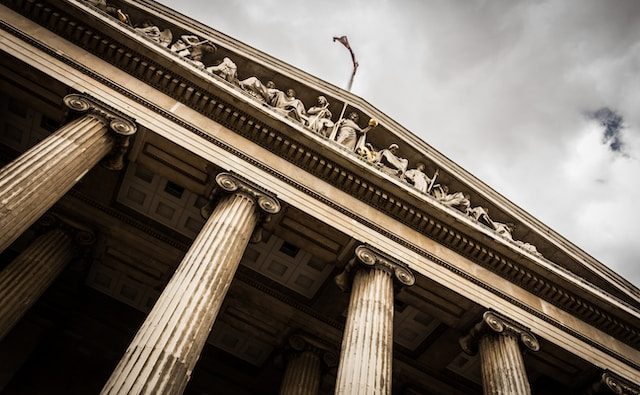
Introduction
Preserving our history and cultural heritage is not just a matter of nostalgia or sentimentality; it is a crucial investment in the future. Historical preservation ensures that future generations have a tangible connection to their roots, fostering a sense of identity, pride, and understanding of the past. In this article, we will explore the importance of investing in historical preservation and the benefits it brings to society.
1. Preserving Cultural Identity
Historical preservation plays a vital role in preserving our cultural identity. Our built heritage, including historic buildings, landmarks, and archaeological sites, reflects the stories, traditions, and values of our ancestors. By safeguarding these tangible remnants of the past, we ensure that future generations can experience and appreciate the richness and diversity of their cultural heritage.
2. Educational Opportunities
Historical preservation provides invaluable educational opportunities. Historic sites and museums offer immersive experiences that bring history to life. They allow visitors to step back in time, learn about different eras, and gain a deeper understanding of the events and people that shaped our world. By investing in historical preservation, we create living classrooms that inspire curiosity, critical thinking, and a lifelong love for learning.
3. Economic Benefits
Contrary to popular belief, historical preservation is not just a drain on resources; it can also be a catalyst for economic growth. Historic sites and districts often attract tourists, generating revenue for local businesses and communities. According to a study by the National Trust for Historic Preservation, heritage tourism contributes billions of dollars to local economies each year. Additionally, the restoration and adaptive reuse of historic buildings can revitalize neighborhoods, create jobs, and stimulate economic development.
4. Environmental Sustainability
Preserving historic buildings and structures is an environmentally sustainable practice. Retrofitting and renovating existing structures are often more energy-efficient than constructing new ones. By reusing and repurposing historic buildings, we reduce the demand for new materials and minimize the carbon footprint associated with construction. Furthermore, preserving green spaces and historic landscapes helps maintain biodiversity and contributes to the overall health and well-being of communities.
5. Sense of Continuity and Connection
Historical preservation fosters a sense of continuity and connection between past, present, and future generations. It allows us to understand our place in the grand narrative of human history and appreciate the progress we have made. By preserving our heritage, we honor the struggles, achievements, and contributions of those who came before us, instilling a sense of gratitude and responsibility in future generations.
Conclusion
Investing in historical preservation is not just an act of preserving the past; it is an investment in the future. By safeguarding our cultural heritage, we ensure that future generations have a tangible link to their roots, fostering a sense of identity, pride, and understanding. Moreover, historical preservation offers educational, economic, and environmental benefits that contribute to the overall well-being of society. Let us recognize the importance of preserving our history and work together to build a lasting legacy for future generations.










